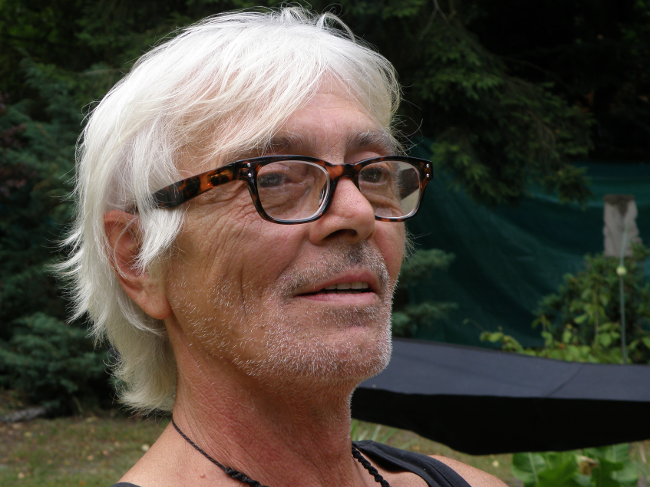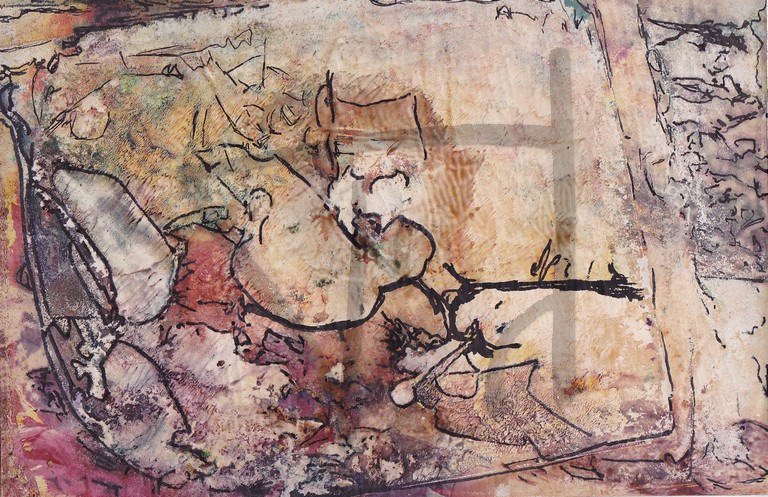Tjen Heyligen
 The drawings Tjen Heyligen puts onto paper with his sharply tipped pencil prompt the viewers to leave their customary frame of mind aside for a while. The drawings guide you into the world of the philosopher, the poet, the viewer, the seer. They urge you to see reality with the much sharper gaze that characterizes the person behind the works.
The drawings Tjen Heyligen puts onto paper with his sharply tipped pencil prompt the viewers to leave their customary frame of mind aside for a while. The drawings guide you into the world of the philosopher, the poet, the viewer, the seer. They urge you to see reality with the much sharper gaze that characterizes the person behind the works.
The artworks of Tjen Heyligen are inextricably linked to the person behind the work. Just like he sees the world, with silent astonishment, bewilderment sometimes, his drawings are observations, always inviting you to look further, to fantasize, to discover the magic. Just like a conversation with Tjen is always a challenge to look at reality with a different lens. Life is captured in a diary of drawings, seemingly quickly put onto note papers, but always inspired by what is happening around him.
Tjen is the eternal observer who has the gift to see more than the ordinary viewer. Nature is dissected with the utmost precision. The structure of a tree trunk becomes a living organism. A branch becomes a sculpture. This is how Tjen sees it and that's how it comes down to paper. Walking with Tjen is every time a search for small details that you would otherwise have missed. Just as the poet puts his words on paper, thinking and dreaming, so are the drawings that Tjen dreams together with his razor-sharp pencil tip, poems that are images. They are paintings, contained in a pure line. Nervous, alive, bubbly, but at the same time also dreamy and silent.
Exactly so, Tjen also travels from the quiet countryside, where he can work for days in silence, to the ever-moving city, where he watches the world around him with the same enthusiasm and observational power. His drawings are fairy tales, permeated by the philosophy of a poet who lives in his own time, rooted with both feet and in his own way.
Gerlinde Gilissen - Art 27 vzw
29 December 2012
Tjen, the sculptor
Today is the day of one sense,
the sense of hearing, and he likes to listen to the heartbeat
of the crested salamander,
the pumping of the birch sap,
the rustling of a lapwing,
the whistle of a nightingale
for the oldest of the fens.
Where is the cold, mechanical sound
of the chainsaw?
What he likes to see is a selection of photographs.
What he likes to read are poems.
Maybe he should agree to be
more or less inspired by it.
Art

Art is important because it can make my hair stand on end. Constantin Brâncuşi once said: 'In art simplicity is not a goal, but by approaching the true meaning of things, and in spite of yourself, you arrive at simplicity.'
The importance of art for society is relative. Art can refer to the problems that a society faces and put them on the agenda.


